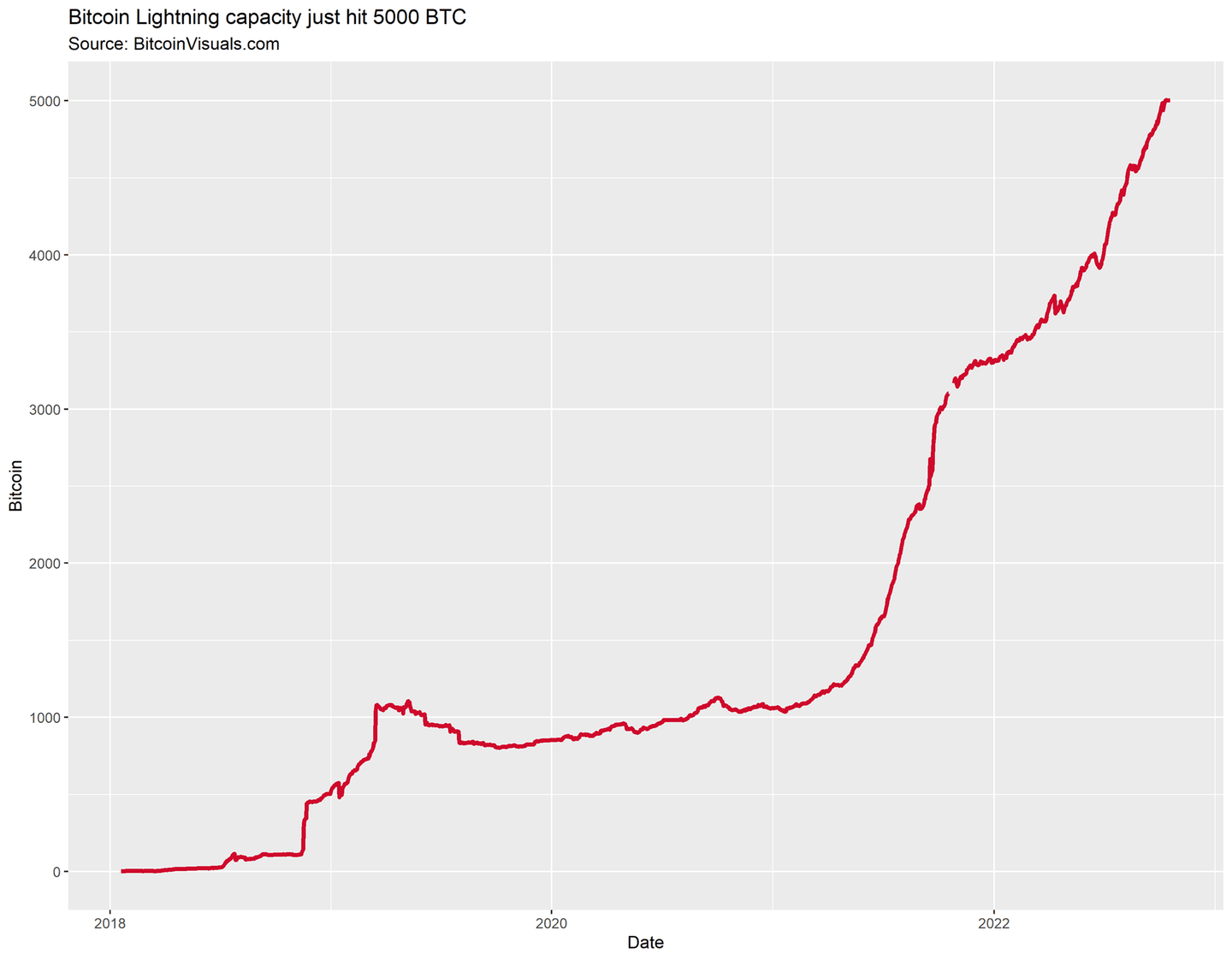Ripple receives “Hinman” docs, EU contemplates crypto energy label, strong crypto growth in LatAm

1. Ripple successfully contends SEC “Hinman” documents
The Facts:
- Former SEC director William Hinman gave a much-debated speech in 2018 in which he declared that “putting aside the fundraising that accompanied the creation of Ether, based on my understanding of the present state of Ether, the Ethereum network and its decentralized structure, current offers and sales of Ether are not securities transactions.”
- These remarks play key role in crypto regulation debate and in the $1.3b lawsuit against Ripple, asserting Ripple sold XRP as an unregistered security. Ripple challenged this view on the ground that “two winners” (Bitcoin and Ethereum) were picked as the detriment of others like XRP.
- After obtaining the documents, Ripple general counsel Stuart Alderoty tweeted that “Over 18 months and 6 court orders later, we finally have the Hinman docs (…) While they remain confidential for now (…), I can say that it was well worth the fight (…).”
Why it’s important:
- The “Howey test” is the basic test to assess whether an instrument qualifies as an “investment contract” and hence to fall under the US Securities Act. SEC’s perceived inconsistency in classifying digital assets as securities or not continues to cause much uncertainty for many crypto projects issuing their own tokens.
- Ripple claims that the SEC has no “viable legal theory” to demand Ripple register XRP as a security. Ripple’s insistence on getting this question clarified in court, is an important step in increasing regulatory uncertainty for themselves and for many other crypto projects. Notably, current SEC chair Gary Gensler has not restated Hinman’s assessment on Ethereum and carefully limited his remarks to Bitcoin being a commodity.
2. EU targets Bitcoin with crypto “energy efficiency label”
The Facts:
- The European Commission published an action plan for “digitalising the energy system” to “reduce dependence on Russian oil, tackle climate crisis, and ensure affordable access to energy for all.”
- In section 6.4 on cryptocurrencies, the plan announces support to develop an “energy-efficiency label for Blockchains”, highlighting Ethereum’s switch to proof-of-stake “which the company [sic!] estimates would reduce Ethereum’s energy consumption over 99%.”
Why it’s important:
- The plan indirectly targets the unnamed elephant in the room: Bitcoin as the largest proof-of-work-based system. The EU, like most regulators, disregards Bitcoin’s security-energy nexus as the foundation for its high level of security and censorship resistance. It is not new that a majority of regulators are wary of a state-independent monetary system and thus use the possibility to attack it, including energy consumption.
- Since the prominent boost for Proof-of-Stake by Ethereum, the public debate singled out energy consumption of cryptocurrencies as a major issue. More worrying is the outlook of attacks from inside the crypto space, primarily from PoS-based chains. The obvious reason is to look good in the current ESG “climate”, especially now that “winter is coming.” As many PoS-based crypto projects are benefitting from the current narrative, there is little defense of the security and decentralization merits of PoW-based systems like Bitcoin.
- The ultimate danger for the entire space is regulatory capture: if Bitcoin [probably the only crypto currency that may stand a chance of resisting a full-blown attack from nation states] will be made largely obsolete by political means, the chance that any other cryptocurrency may (be allowed to) rise to replace it as state-independent, decentralized monetary system are zero. Crypto shoots itself in the foot by attacking Bitcoin from the inside for short-term gains.
- On a side note, being perceived as a “company” by the EU regulator will not be helpful for Ethereum moving forward.
3. Remittances drive LatAm crypto adoption
The Facts:
- Chainalysis Report sees 40% growth in crypto adoption across LatAm countries. The report identifies three key use case: storing value, sending remittances, and seeking alpha.
- With combined inflation rate of “LA5” countries (Brazil, Chile, Colombia, Mexico, Peru) hitting 12% and hyperinflation in Venezuela (114%) and Argentina (79%), more than a third of citizens started to use stablecoins to protect buying power.
- LatAm’s formal remittance market (est. $150b in 2022) is seeing an “uneven, but swift” adoption of crypto across the region, with Mexico-US forming the largest crypto remittance corridor. Bitso, a crypto exchange, processed over $1b until June 2022 (+400% compared to 2021) and expects to process up to $2b in remittances in 2022, for Mexico alone.
- LatAm citizens also use crypto for investment, particularly DeFi protocols. DeFi’s share of crypto transaction volume in top ten LatAm countries grew between +15% and +45% between June 2021 and July 2022.
Why it’s important:
- The fact that crypto adoption moves much more dynamic in regions like LatAm and Africa gets sometimes overlooked in “the West.” Crypto adoption on a global level is also uneven and may be swifter in some regions compared to others.
- Whether more Swiss citizens use crypto compared to last year does not matter on a global scale when Brazil’s largest digital bank Nubank reaches 1m crypto users within the first month (!) of launching its crypto offering.
- Projecting this trend a few years into the future, it may well be that we see some small countries outside Europe and North America “suddenly” be at the forefront of new developments as the cryptop adoption is much more anchored across larger parts of society. Are we paying enough attention to these remote developments?
In other news
- Digital Bank N26 Launches Crypto Trading Service In Europe (via bitcoinist)
- Terra’s Do Kwon Apologizes To LUNA Victims (via zycrypto)
- JPMorgan hires ex-Celsius executive as head of crypto regulatory policy (via finbold)
- Dubai Police force first to offer services in Metaverse (via Khaleejtimes)
- XRP ledger getting an Ethereum-compatible sidechain (via Decrypt)
20%
of all enforcement actions by the US Commodity Futures Trading Commission (CFTC) in fiscal 2022 were aimed at digital assets marketUS
Source: Cointelegraph

Source: (Data) BitcoinVisuals.com, (Chart) Bitcoin Suisse Research
The lion’s share of HNW investors across all regions are conscious and aware of the risk that comes with investing in crypto and are happy to go direct as opposed to the safer option via funds [like ETFs].
Sergel Woldemichael, Sen. WM Analyst, on key results of GlobalData’s 2022 Global Wealth Managers Survey
Missing the fundamentals? Read our introduction to What is Bitcoin Lightning?
The latest episode of Decrypt titled “Status quo of NFTs – Part I” sheds light on the NFT markets after the 2021 wave and looks at adoption and trends beyond art and collectibles
